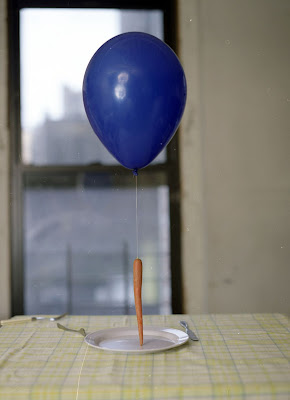
Inhabited for a Survey (First Floorplan from Self-portrait as a Building), 1986
From the Renaissance Society's
introduction to his 2003 show there: "Born in 1968, Manders belongs to a generation of post-minimal sculptors whose work is unabashedly grounded in narrative. [...] Manders, however, uses the figure sparingly, relying instead on alterations and configurations of everyday objects and architectural fixtures to create disturbingly quizzical tableaux and installations that evoke the feeling of absence rather than presence. Subjectivity and identity are questioned rather than asserted through naturalistic rendering of the human form."
I also really like this quote about drawing:
"For me, drawing is more an investigation of thought than an investigation of observation. Before I've drawn them, the drawings are often as short and compact as thought. It's interesting to look at yourself from the outside as you are drawing and see how the thoughts you portray are partly visual and partly linguistic. The beautiful thing about a drawing is that you can seize it as an image in your mind, but the moment you want to comprehend the image, the drawing becomes spherical, and the mind can no longer illuminate it from all sides at the same time. Drawings are often composed only of a few small gestures on a sheet of paper. All that's left on the page is black powder, which can evoke a special language for the viewer, a language that can touch things that are important in life - all this in a relaxed and free manner. I would like to see my drawings as a spectator does. As a spectator, I think it's interesting to try to retrace the mental process of the person who made the drawing. A drawing is a transparent skin suspended between the artist and the spectator for comparison."
http://www.markmanders.org
















